1、 Curing method
1. Light: Blue sage is a light loving plant. It can be cultured in the sun at ordinary times. Just pay attention not to be exposed to the sun in summer
2. Moisture: keep the soil in a slight state at ordinary times, but avoid ponding. Generally, it is good to pour it every 2-3 days. The water evaporates quickly in summer. You can water it more once in the morning or at night
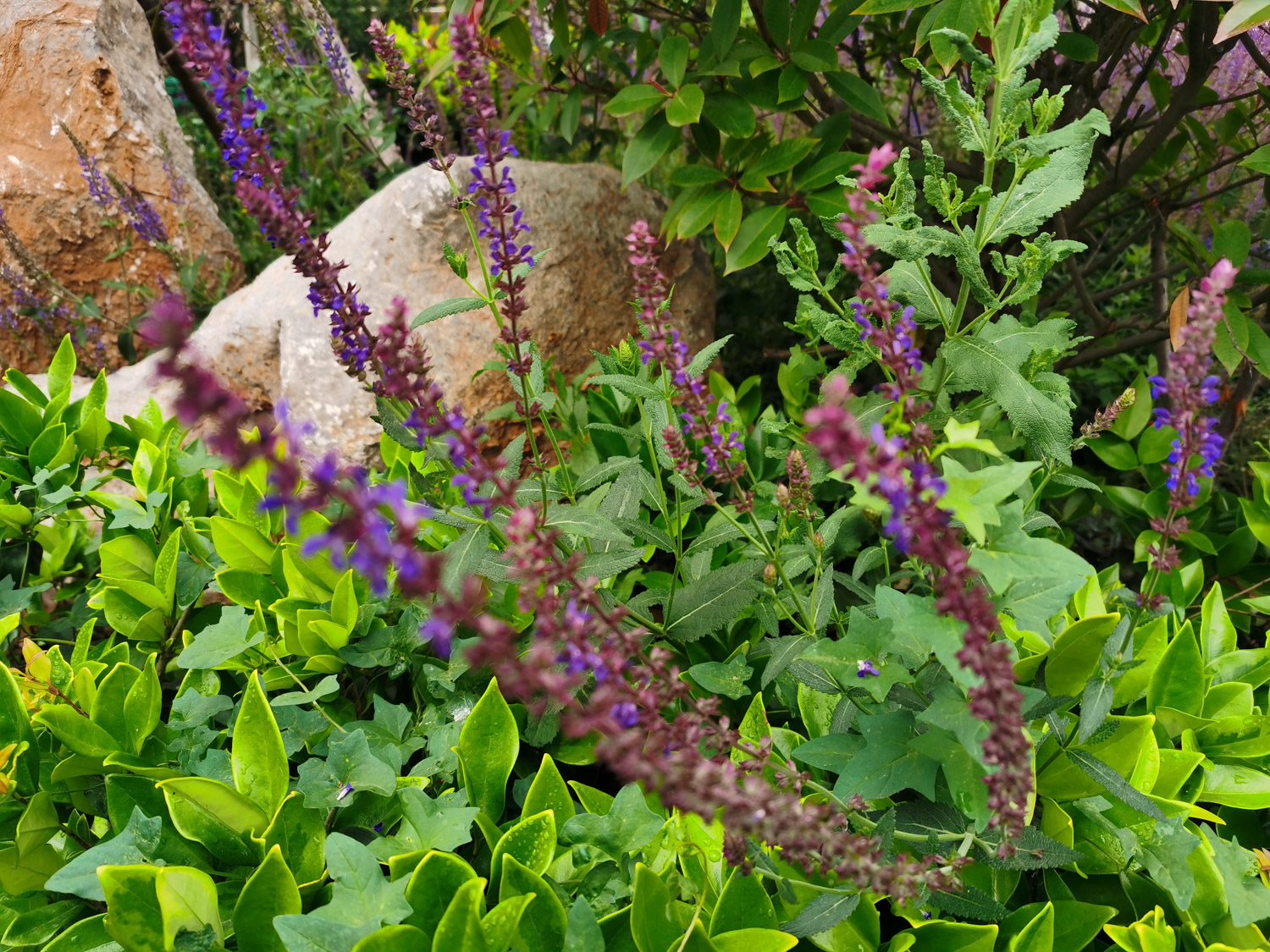
3. Fertilization: there should be enough base fertilizer for its seedlings, and then compound fertilizer should be applied once a month during the growth period, and fertilization should be suspended in winter
4. Soil: to prepare soil for blue sage, it is best to mix garden soil, river sand and rotten leaf soil. Such soil has certain nutrients and good drainage
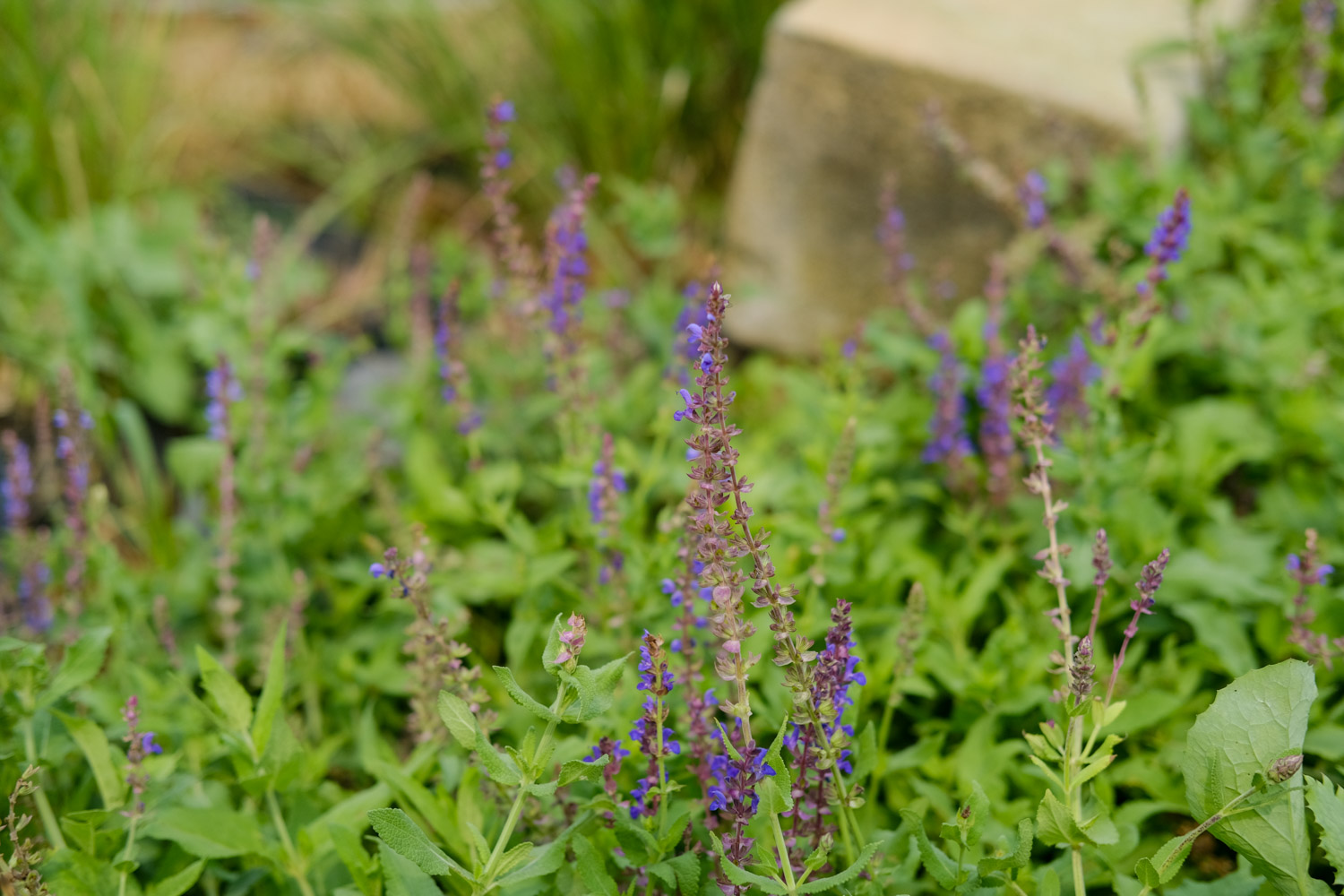
2、 Breeding skills
1. Reproduction: generally, the method of sowing is adopted for reproduction. Generally, it can be carried out all year round, but it is better to breed in spring and summer, which is conducive to the germination of seeds. Peat soil and rotten leaf soil can be used as soil, and carbendazim 500 times solution shall be used for disinfection in advance. Just sow the seeds into the soil, and pay attention to moisturizing during germination
2. Changing pots: after the seedlings grow up after breeding for a period of time, they need to change pots. Before changing the basin, prepare the prepared soil. When changing the basin, be careful not to hurt its root. After planting, pour water once
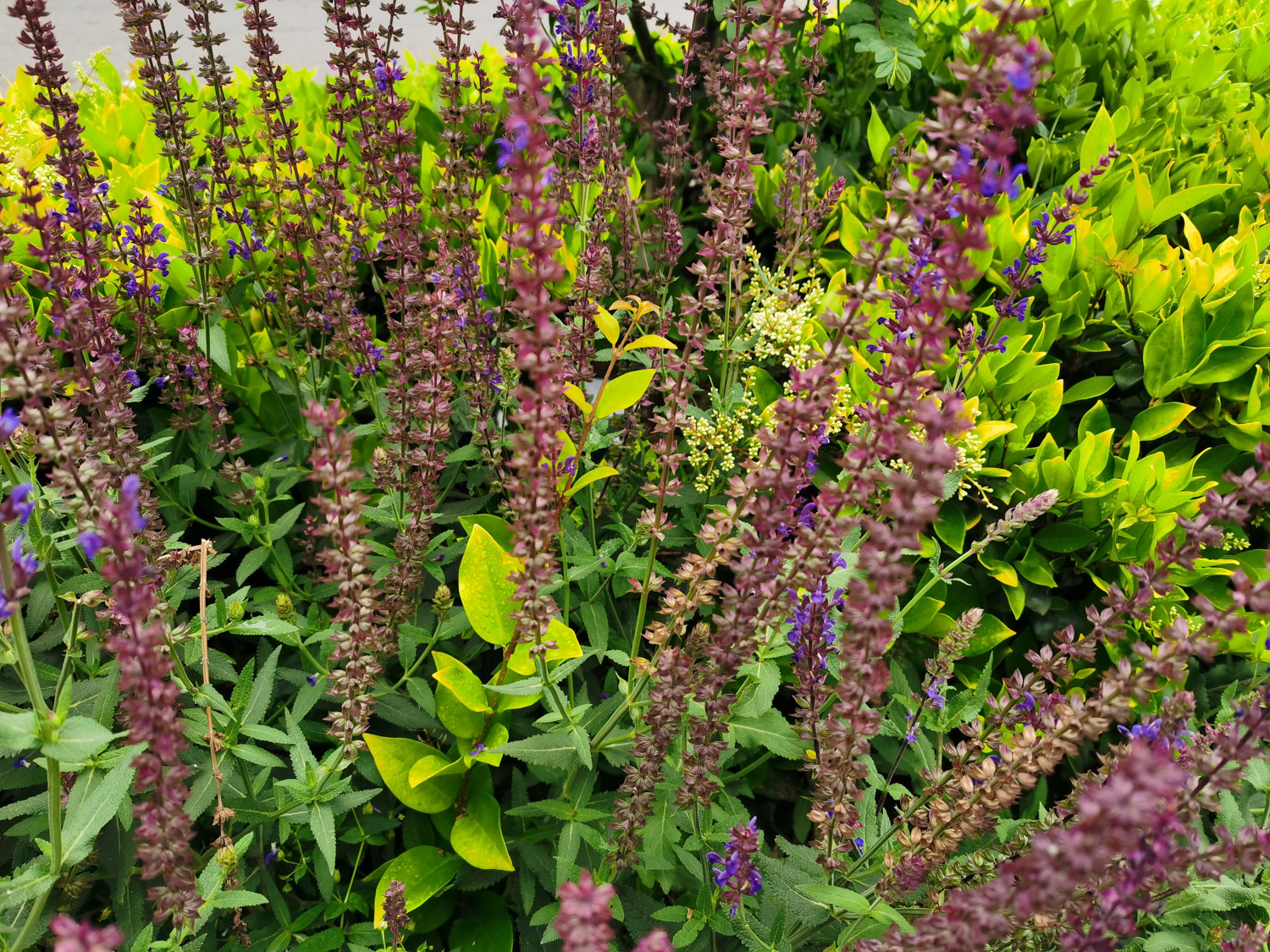
3、 Diagnosis and treatment problems
1. Leaf spot: when this disease occurs, its leaf edges turn brown. Most of them are caused by inappropriate moisture or poor ventilation. Carbendazim can be sprayed once a week
2. Wilting: wilting is mostly caused by insufficient water. Rotten roots caused by ponding will also wilt. Therefore, water management should be adjusted in time according to their own situation
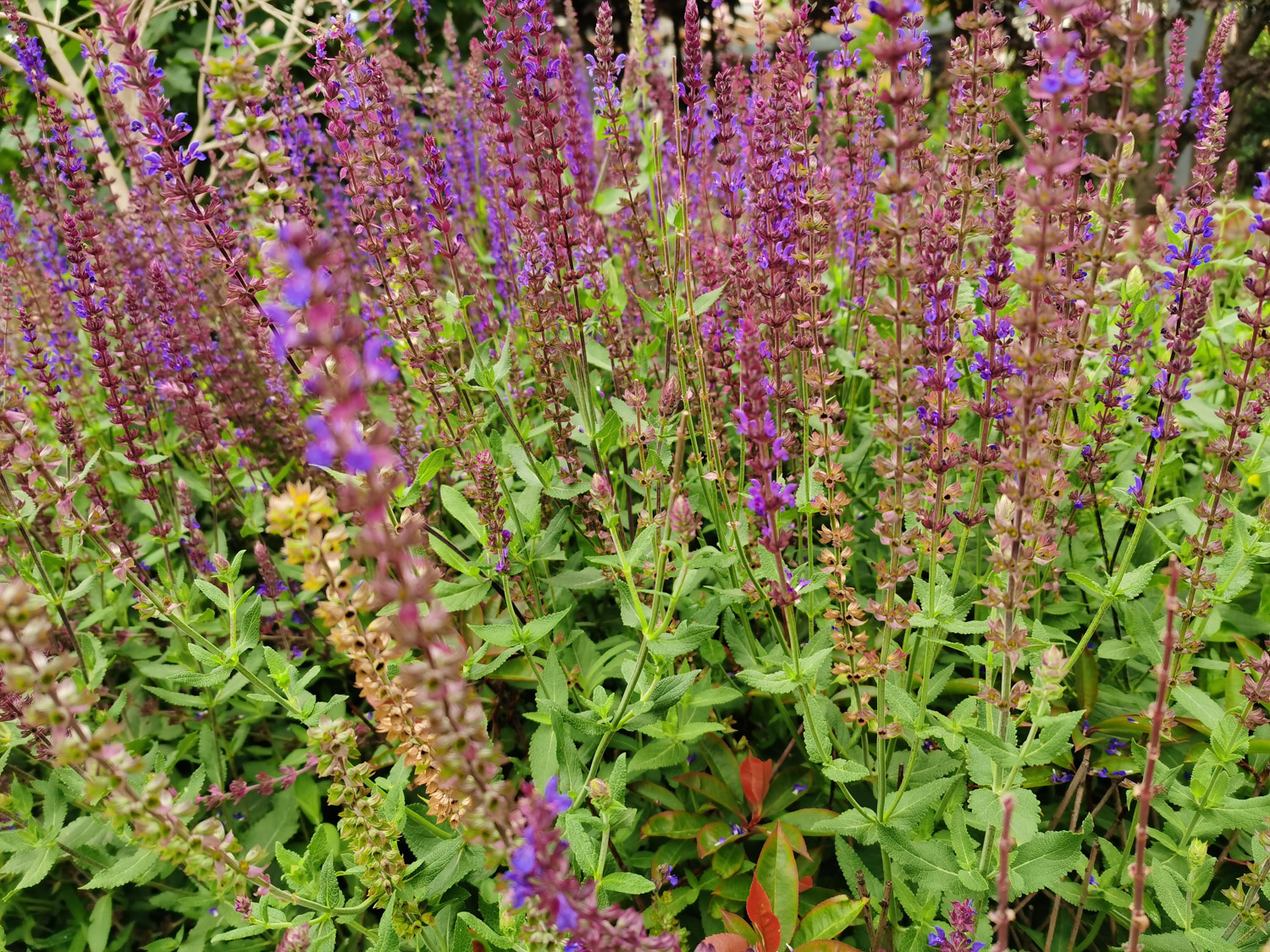
4、 Other issues
1. Toxic or not: Blue sage is non-toxic. It can be cultured safely, and raising a few more plants will be very stylish and very beautiful
2. Whether it can be raised in the bedroom: Blue sage can be raised in the bedroom. It has a small shape. It can not only play the role of decoration, but also purify the indoor air and absorb some toxic gases
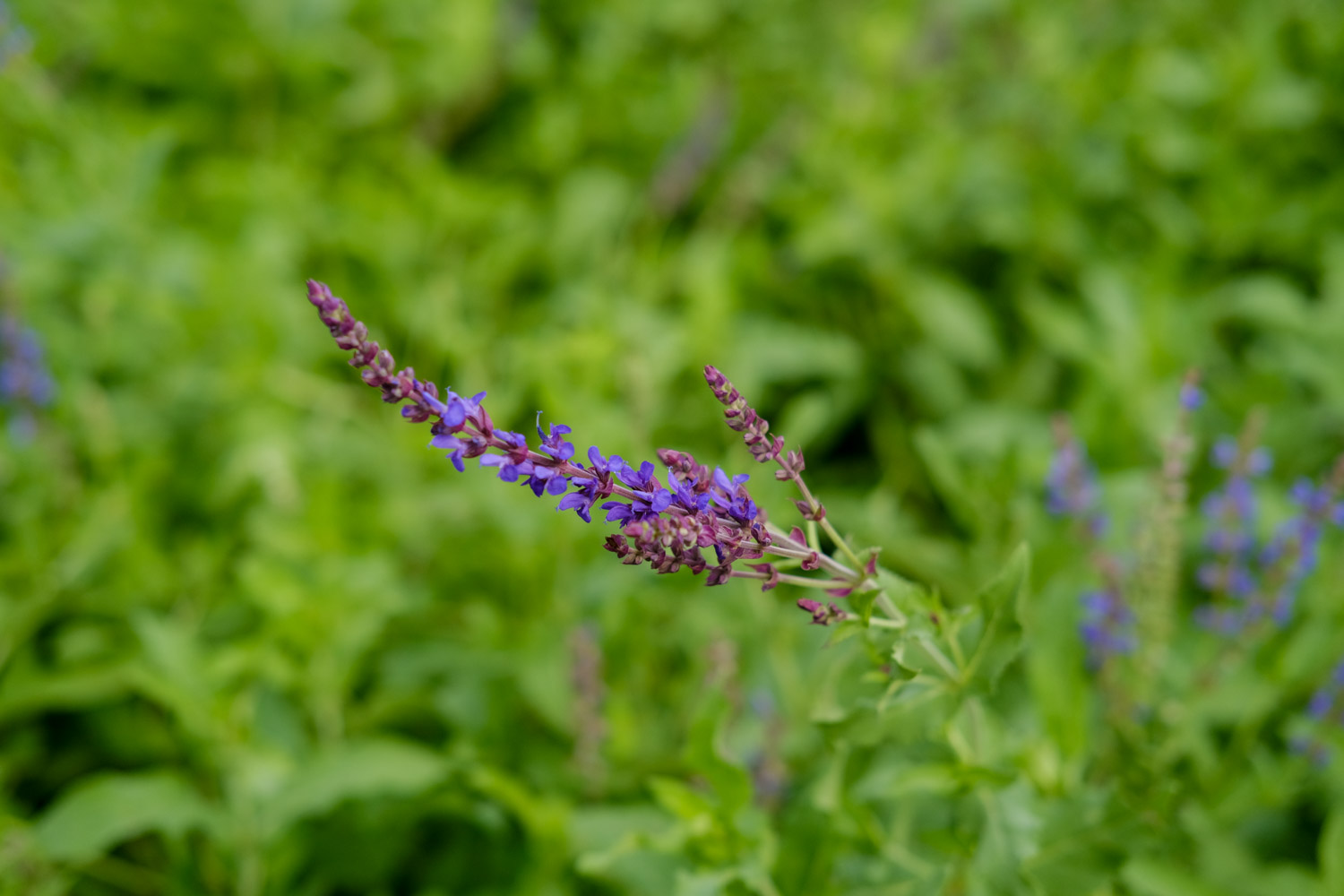

 jackfruit
jackfruit snake plant
snake plant hibiscus
hibiscus hydrangea
hydrangea lavender
lavender Green roses climb al...
Green roses climb al... If you don't pay att...
If you don't pay att... Management of four g...
Management of four g...

































